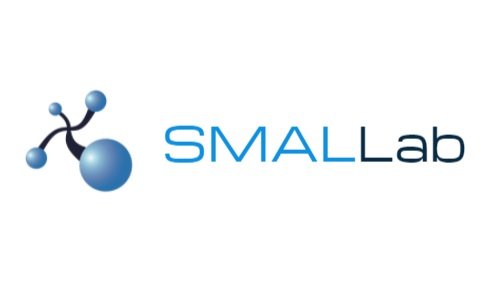Background
Moulton-Branch Elementary School is a Title I institution, and the second poorest in a county of 110,000 residents that spans more than 500 square miles in Valdosta, GA, just 20 miles north of the Florida state line. One hundred percent of students receive free or reduced-cost lunches.
“You won’t have engaged students if you don’t have engaged teachers.”
Challenge
At Moulton-Branch Elementary School, Principal Debra Brantley strives to push a culture centered around student engagement and the motivation to learn. For Brantley, however, it starts at the top. “You won’t have engaged students if you don’t have engaged teachers… teachers who are innovating in the classroom and discovering new ways of connecting with students. That’s what we try to create here.”
In particular, Brantley encourages the school’s teachers to explore new ways of using technology to teach students and to push such technology to its limits. Speaking about three of her teachers, Alisande Mayer, Angel Weeks, and Diana Shadron, Brantley notes, “They realize that the more the kids are actively involved, the more they retain the knowledge that they're being exposed to.”
The question in Brantley’s mind, though, was how to formalize these efforts and raise the profiles of the teachers leading them.
Solution
As one of four districts in the State of Georgia with a SMALLab, many at Moulton-Branch, including Brantley, had heard of the company’s recently-formed Leadership Academy. Brantley felt the Academy would help Moulton-Branch to become one of Georgia’s most technologically innovative schools.
About the SMALLab Leadership Academy
As tech-enabled classrooms continue to proliferate, SMALLab is committed to providing growth opportunities for educators and administrators of all levels of experience. The SMALLab Leadership Academy builds sustainability for SMALLab at the school and district levels while developing educational leaders on campus. The program is a blended learning experience that integrates self-paced projects, writing reflections, in person collaborations, and virtual conferences. The program is aligned with the national Teacher Leader Standards (www.teacherleaderstandards.org) and addresses each of the seven leadership domains.
Brantley comments, “There can always be a fear factor with new technology or new instructional methods. These three teachers were really impressed with SMALLab as an instructional tool. They understood its usefulness and were willing to help other teachers master it. That’s what SMALLab means to them, and that’s what the Leadership Academy is doing for Moulton-Branch.”
Lee Ann Segalla, Director of the SMALLab Leadership Academy, adds that the Leadership Academy doesn’t merely turn SMALLab’s regular users into power users. “In many respects, it [SMALLab Leadership Academy] isn’t about SMALLab at all. It’s about empowering teachers, overcoming fears, and driving student engagement in the classroom. The lessons learned in the Leadership Academy can be applied to many different technologies.”
“The lessons learned in the Leadership Academy can be applied to many different technologies.”
Result
“The work of the SMALLab Leadership Academy scales across our district. With the expertise we now have, it’s easy to add new SMALLabs in new schools. ”
For Moulton-Branch Elementary School, participation in the SMALLab Leadership Academy has allowed SMALLab to become deeply integrated into the school’s curricula and programming. Media Specialist Alisande Mayer explains, “I needed specific dictionary lessons for my second graders, so I created my own SMALLab course that has seven units in it. Being able to do this efficiently came directly from the SMALLab Leadership Academy.”
Brantley adds, “The Academy has helped us understand why different scenarios were designed, how they ought to be used, and how we should teach our other instructors to use them effectively. I always say that one of the best ways to learn something is to participate in teaching it to others, and that’s what we get from being part of the Leadership Academy.”

